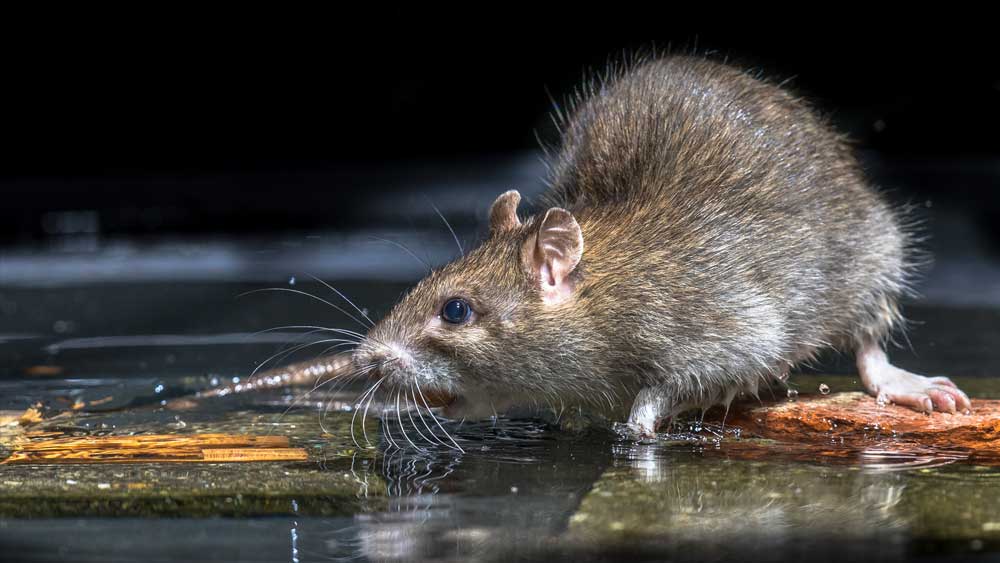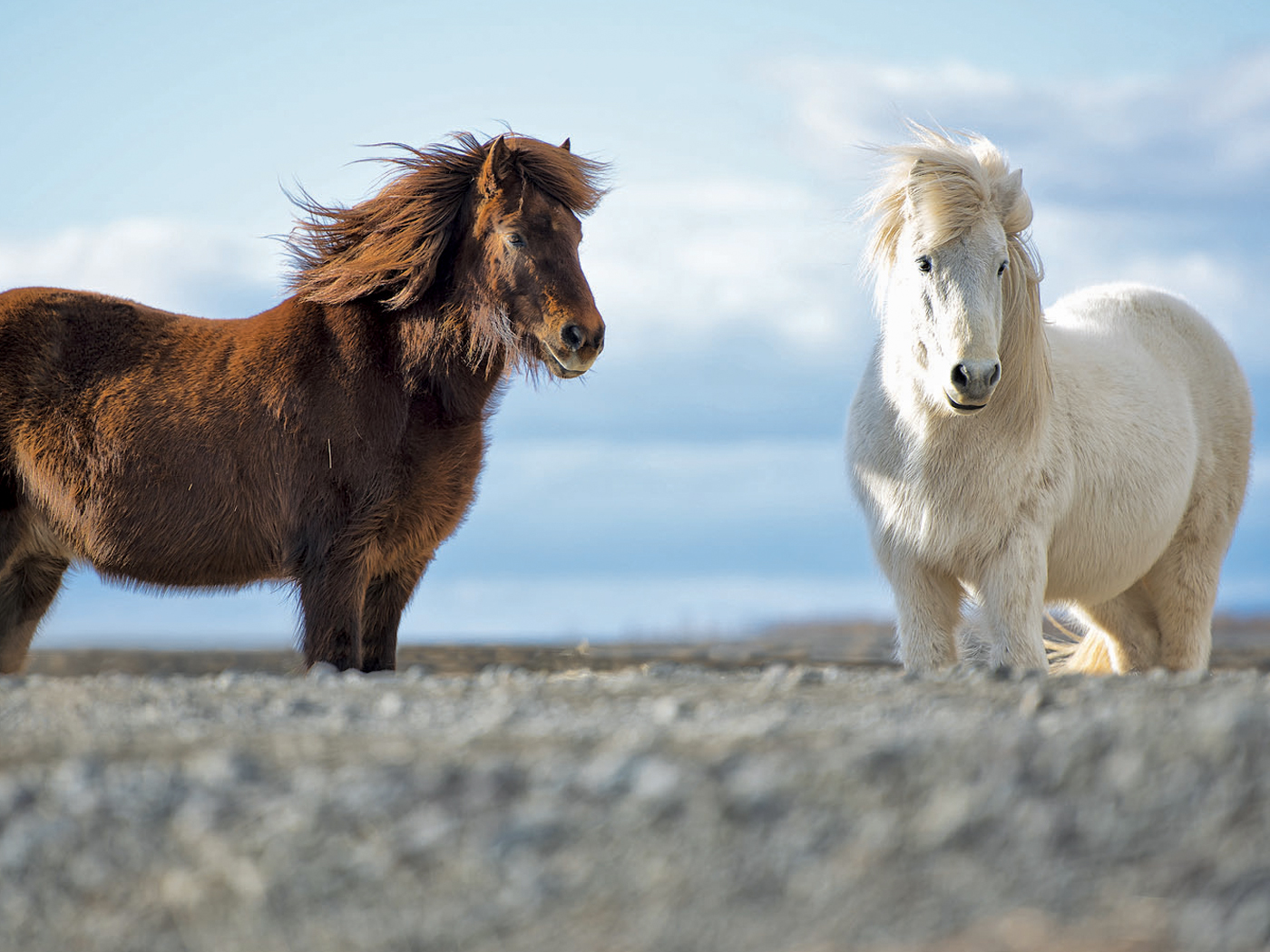Earth has experienced terrible pandemics before coronavirus.
Earlier this month, as archaeologists were researching an old Viking trade route in central Norway, they reminded us that Eurasia’s “Black Death” plague previously blanketed many Nordic countries about 600 years ago.1, 2
The team used radiocarbon dating to estimate the age of the found artifacts, including clothing and hunting equipment, and concluded they were from centuries before, during, and after the Viking Age. But what may be of special interest to readers at this particular time is the archaeologists’ reminder that northern Europe once faced a horrid pandemic—the “Black Death” plague—that killed millions (perhaps 75 million people) within Eurasian and North African countries.2, 3, 4, 5
The Black Death—also called “the Plague”—revisited Europe and elsewhere, repeatedly, during the next 300 years, and sometimes beyond that.3, 4, 5
u;, root of the English word “buboes”) linked to symptoms of victims’ overwhelmed immune systems.3
What overwhelmed human immune systems, century after century, was the deadly bacterium, Yersinia pestis, which is transmitted by the bite of the Oriental rat flea (Xenopsylla cheopis) that parasitizes the black rat (Rattus rattus) and can parasitize hapless humans who don’t keep a safe distance. The infected flea can jump from a dying, plague-infected rat-host onto a living human if the human target is close enough.3, 4, 5, 6, 7, 8
Europe desperately needed a pandemic-suppressing hero! Thus, ironically—and providentially—the worst of the Bubonic Plague dissipated when the pandemic-vector black rat was displaced by an ecological competitor, the Norwegian rat.
The conquering Norwegian rat overtook neighborhood habitats where Bubonic Plague transmission to humans was common, thereby quarantining the local populations of plague-infected black rats, so that the vector fleas (when their black rat hosts were dying) were kept away from humans when the fleas needed a new host, so the fleas died of starvation.3, 4, 7
The recently discovered Viking artifacts remind us that our world has seen pandemics before, as well as unusual examples of God’s providence in shutting down pandemic or epidemic plagues.3, 4, 8 Pray for God’s providence to shut down the COVID-19 plague and its crippling effect on the health, safety, and economic well-being of many peoples—and pray that many, through this crisis, will see their need for God’s blessing.3, 4, 9
References
1. Curry, A. Hidden Viking trade route emerges from melting ice in Norway. Science. Posted on ScienceMag.org April 15, 2020, accessed April 19, 2020.
2. Pilø, L., E. Finstad, and J. H. Barrett. Crossing the ice: an Iron Age to medieval mountain pass at Lendbreen, Norway. Antiquity. 94 (374):437-454.
3. Johnson, J. J. S. 2016. Did Norwegian Rats Shut Down the Black Death? Nordic Legacy Series. Fort Worth, TX: Norwegian Society of Texas, 1-20.
4. Johnson, J. J. S. 2016. Evolutionary Naturalism vs. Biblical Providence. Acts & Facts. 45 (4) :21. See also Cansdale, G. S. 1976. All the Animals of the Bible Lands. Grand Rapids, MI: Zondervan, 132-134.
5. Thomas, B. The Plague: Birth of a Killer. Creation Science Update. Posted on ICR.org September 21, 2011, accessed April 16, 2020.
6. McGrath, M. 2011. Black Death Genetic Code ‘Built.’ BBC World Service News. Posted on bbc.com October 12, 2011, accessed April 19, 2020.
7. Bos, K. I. et al. 2011. A Draft Genome of Yersinia pestis from Victims of the Black Death. Nature. 478 (7370): 506–510.
8. 1 Samuel 4–6. See especially 1 Samuel 5:6, 9, 10-12, as well as 1 Samuel 6:4-5, 11, 17-18.
9. Mark 3:10; 2 Chronicles 7:14.
*Dr. Johnson is Associate Professor of Apologetics and Chief Academic Officer at the Institute for Creation Research.












